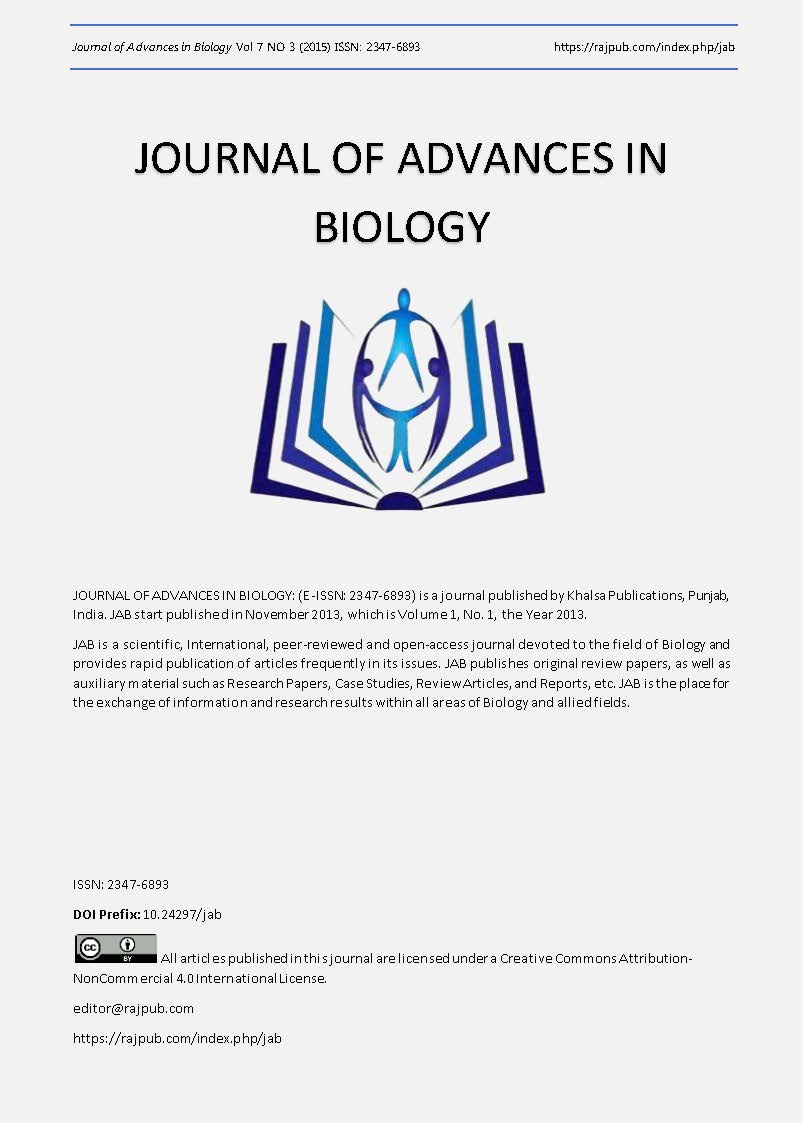Role of tumour necrosis factor-alpha and interleukin-6 in the development and progression of diabetic retinopathy in type 2 diabetes mellitus patients
DOI:
https://doi.org/10.24297/jab.v7i3.4576Keywords:
Diabetic retinopathy, IL-6., TNF-aAbstract
Diabetic retinopathy is one of the most serious complications of diabetes mellitus(DM) worldwide. Purpose: To evaluated the role of tumour necrosis factor-alpha (TNF-a) and interleukin-6 (IL-6) in the diabetic retinopathy. Methods: This study included 85 subjects divided into 4 groups: Group A included 25 healthy controls. Group B: 20 diabetic patients without evidence of retinopathy. Group C: 20 non proliferative diabetic retinopathy patients. Group D included 20 proliferative diabetic retinopathy patients. Participants were subjected to full clinical history, clinical and ophthalmologic examination and laboratory investigation including measurements of fasting blood sugar(FBS), glycosylated hemoglobin(HbA1c), lipid profile, serum TNF-a, IL-6 and ultrasensitive C-reactive protein.
Results: This study showed significantly higher values of FBS, HbA1c, lipid profiles, TNF-a, IL-6 and CRP in diabetic patients when compared to healthy controls (p<0.05). Groups C and D patients showed significant increase of FBS, HbA1c, lipid profile, TNF-a, IL-6 and CRP when compared to group B. Moreover, high levels of FBS, HbA1c, TNF-a and IL-6 were observed in group D compared to group C but no difference was observed between the 2 groups regarding lipid profile and CRP. Postive correlation between serum levels of TNF-a and HbA1c and between serum levels of IL-6 and CRP was observed in all patient groups. There was a significant positive correlation between severity of diabetic retinopathy and serum levels of TNF-a and HbA1c in addition to the duration of diabetes.
Conclusion: The study provides evidence that TNF-α and IL-6 may play a role in the development and progression of diabetic retinopathy.
Downloads
Downloads
Published
How to Cite
Issue
Section
License
 All articles published in Journal of Advances in Linguistics are licensed under a Creative Commons Attribution 4.0 International License.
All articles published in Journal of Advances in Linguistics are licensed under a Creative Commons Attribution 4.0 International License.




